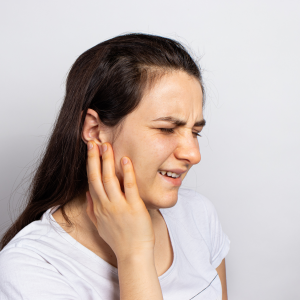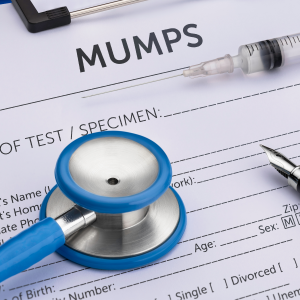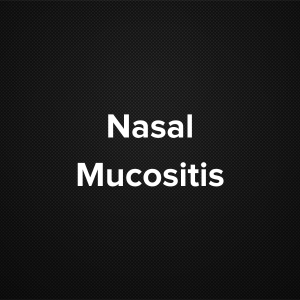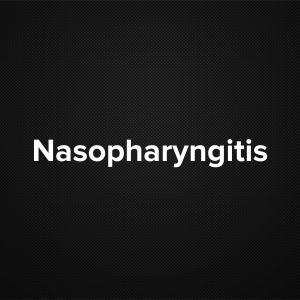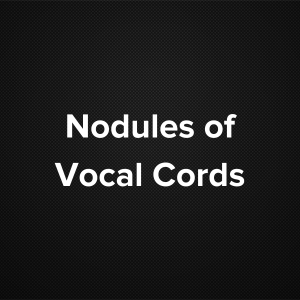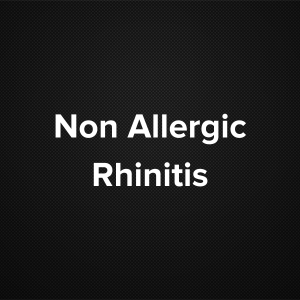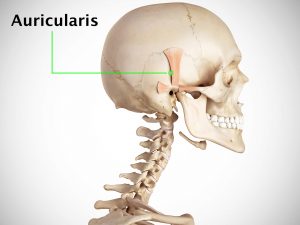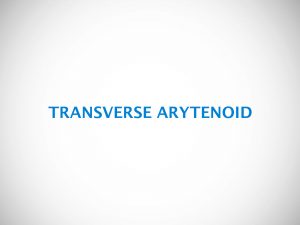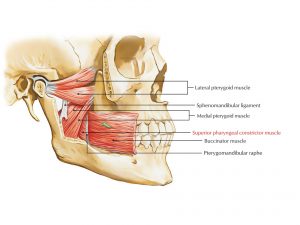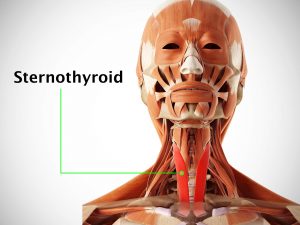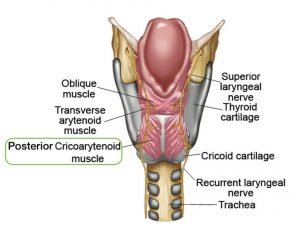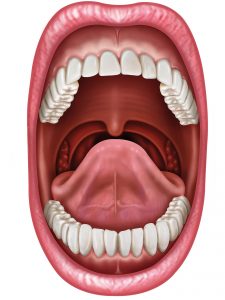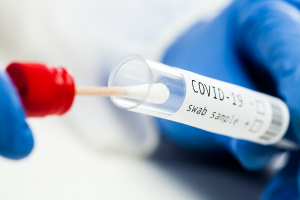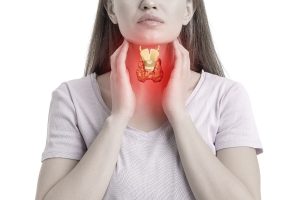Causes and risk factors
Laryngocele may be congenital or acquired. Acquired may be due to raised infraglottic pressure due to activities like blowing glass or wing instruments; diseases like asthma or chronic cough can also cause laryngocele.
Clinical presentation
Some patients may remain asymptomatic. Patient complains of hoarseness of voice. Laryngocele may present as external – herniating outside the larynx, internal, or a combination of both. External presents as cystic swelling in upper part of the neck which is reducible on pressure, but reoccurs on Valsalva maneuver. It may be seen as external swelling or lump in the neck. The swelling is more visible during phonation.
Investigation
Medical history by the patient and clinical examination by the doctor helps in diagnosis. Laryngoscopy is done. Imaging studies such as x-ray, CT scan, USG may be useful for further evaluation.
Treatment
No treatment is required for asymptomatic patients. Treatment depends upon the underlying cause. Treatment is surgical which involves surgical excision of laryngocele.
Other Modes of treatment
The other modes of treatment can also be effective in treating laryngocele. Homoeopathy is a science which deals with individualization and considers a person in a holistic way. This science can be helpful in combating the symptoms. Similarly, the Ayurvedic system of medicine which uses herbal medicines and synthetic derivates are also found to be effective in treating a laryngocele.


